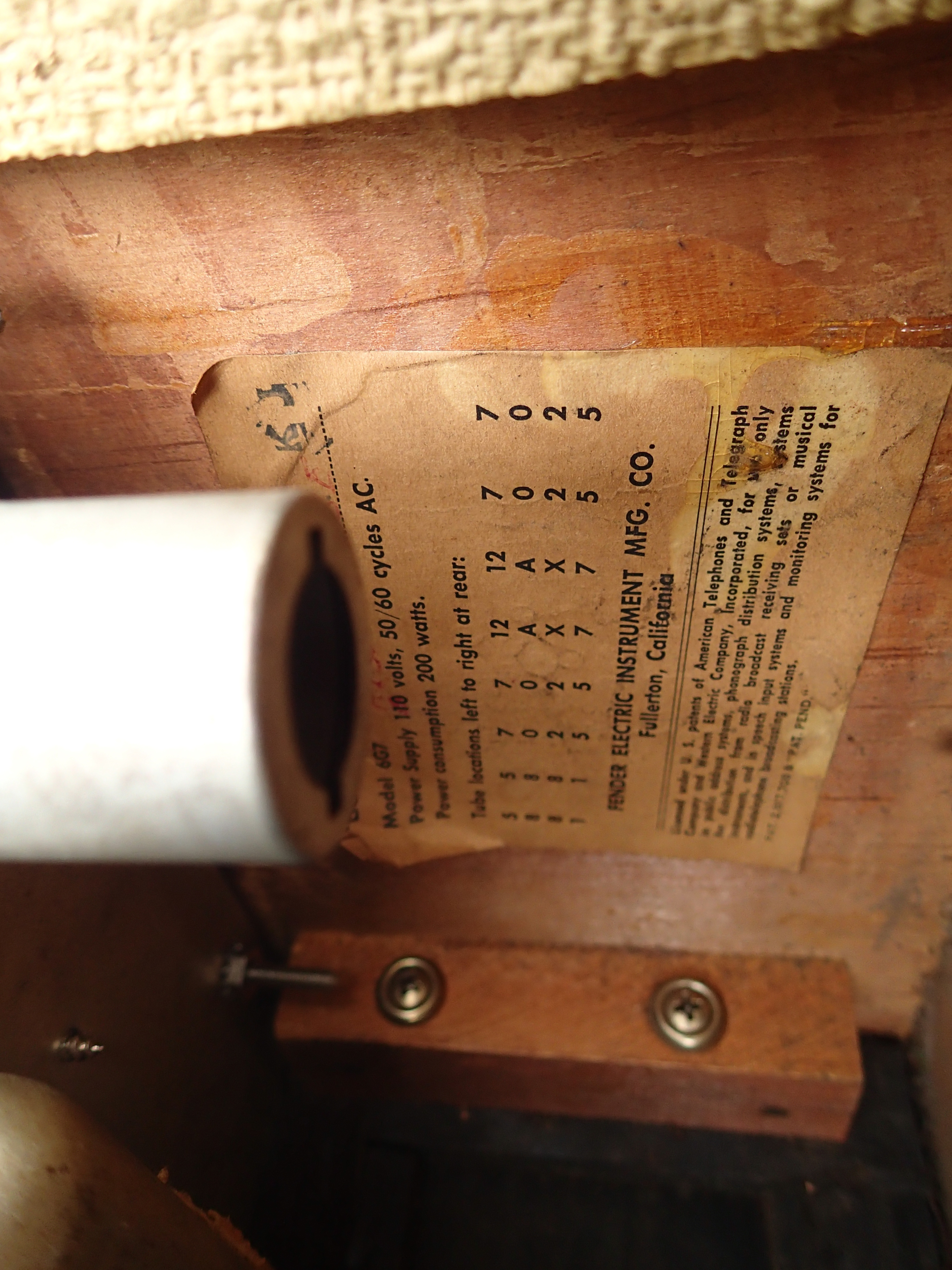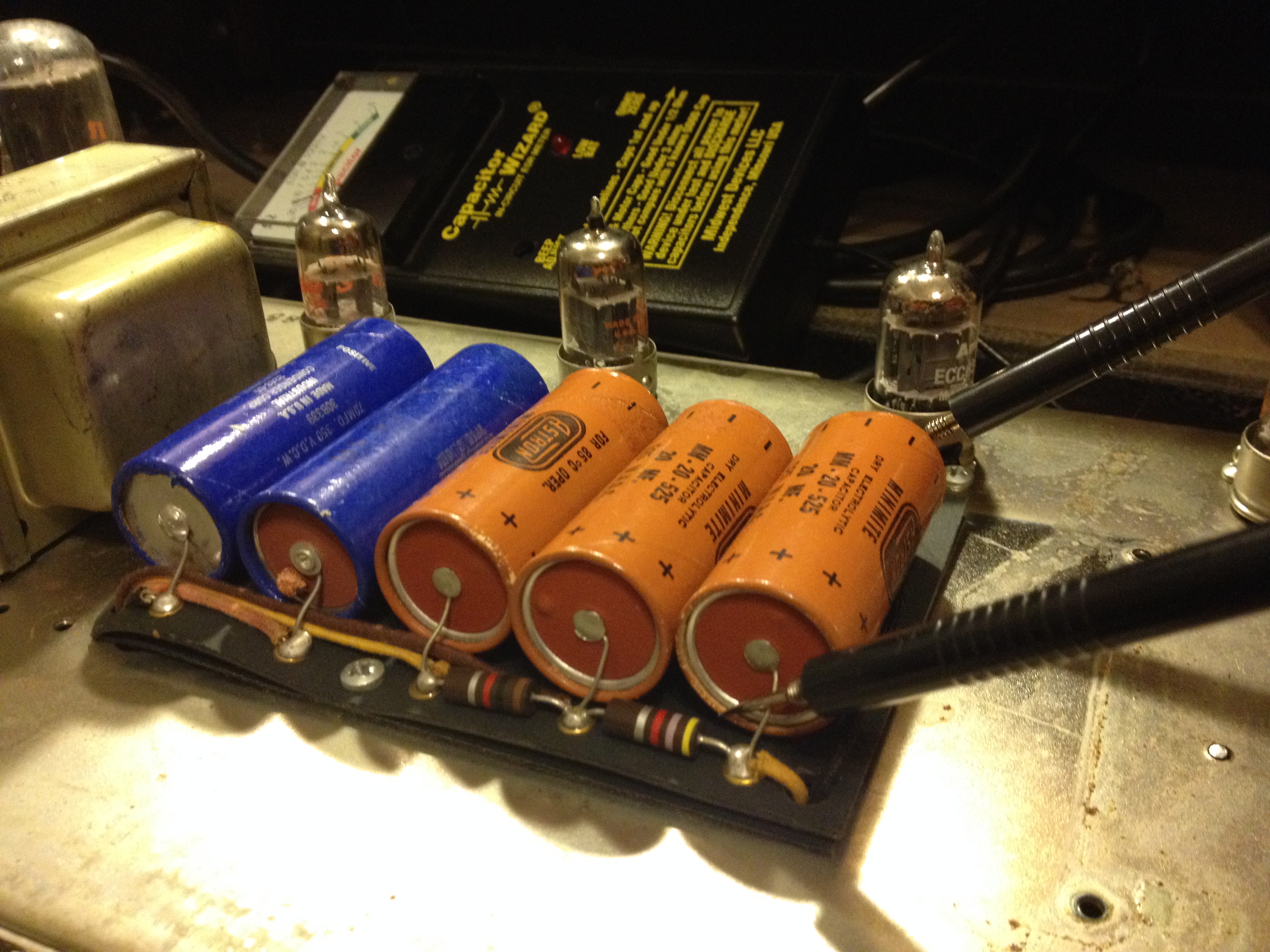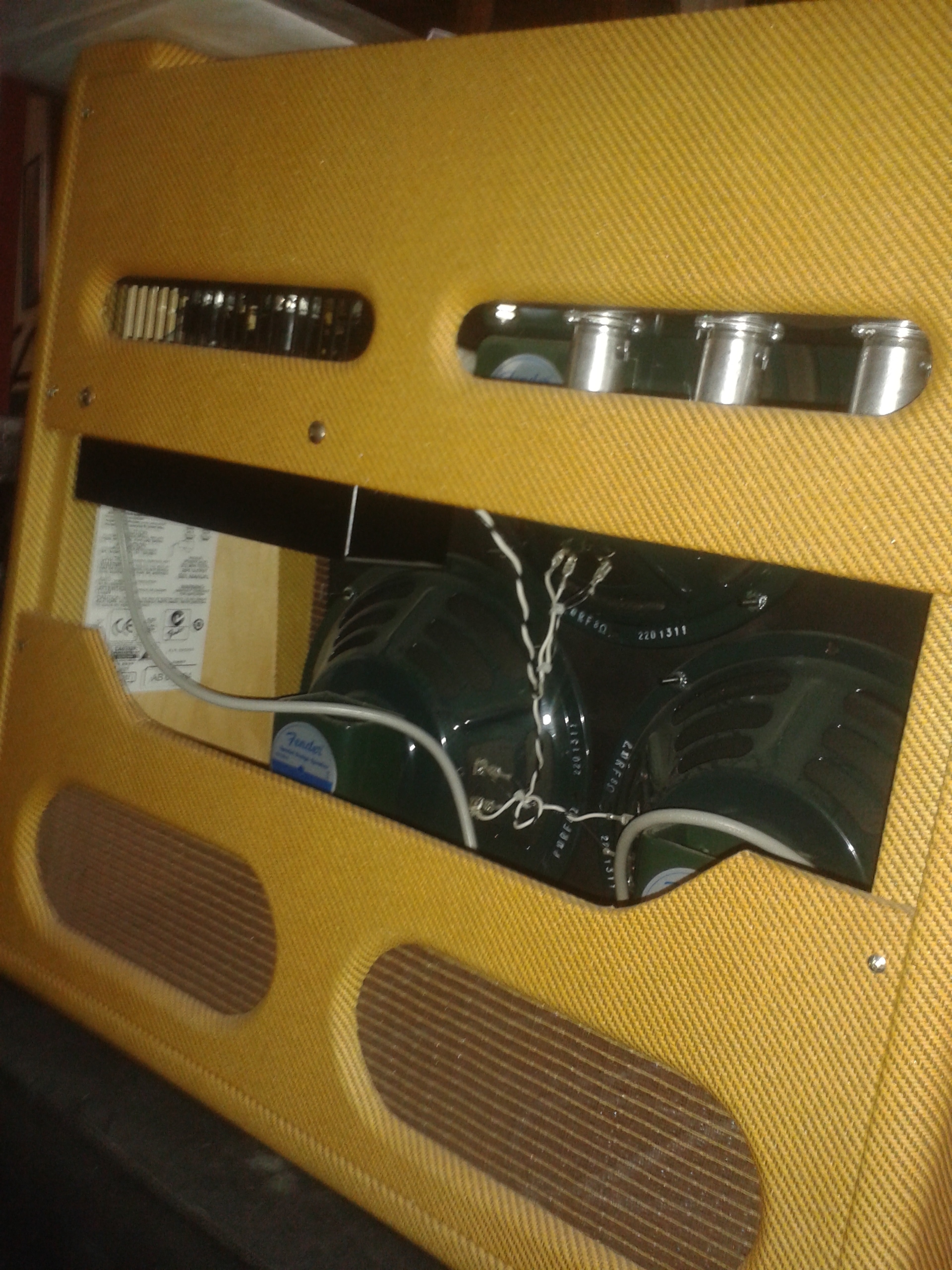


Over the course of the 70s, the Japanese output improved dramatically, and in many ways these early 70s models are a low point for the brand.

Wondering what's a decent price on the combo. These new Epiphones were based on existing Matsumoku guitars, sharing body shapes, and hardware, but the Epiphone line was somewhat upgraded, with inlaid logos and a 2x2 peghead configuration. This 1963 1964 Fender catalog was just eight pages long, but included much of Fenders guitar, bass and amplifier range of mid 1963. I'm looking at this 1963 Blonde Fender Bandmaster head with Blackface Vertical Dual Showman cabinet. The Matsumoku factory had been producing guitars for export for some time, but the 1820 bass (alongside a number of guitar models and the 5120 electric acoustic bass) were the first Epiphone models to be made there. on the bottom Both my Showman Reverb & Bandmaster Reverb units have bottom reverb installations. Having said this, there are a lot worse guitars out there, and as well as being historically important, the 1820 bass can certainly provide the goods when required.By the end of the 1960s, a decision had been made to move Epiphone guitar production from the USA (at the Kalamazoo plant where Gibson guitars were made), to Matsumoto in Japan, creating a line of guitars and basses significantly less expensive than the USA-built models (actually less than half the price). These new Epiphones were based on existing Matsumoku guitars, sharing body shapes, and hardware, but the Epiphone line was somewhat upgraded, with inlaid logos and a 2x2 peghead configuration. In the 2000s, vintage Bandmaster amps remain in use by blues, Americana and rock. Beginning in 1960, Bandmaster amps were equipped with a vibrato effect. 1988 -1980 silverface Bandmaster Reverb Master volum 45w and 70w. 1968 -1978 silverface Bandmaster Reverb circuits AA768, AA568, AA1069, or TFL5005. 1963 Fender Bandmaster, Blonde with gold grill cloth, Two 12 inch speaker cabinet with Oxford, White knobs, Presence control, Tremolo, cool amp formerly. Some early models had both a microphone input and instrument inputs. 1963 -1967 blackface Bandmaster circuits AB763. It was introduced in 1953 and discontinued in 1974. The Matsumoku factory had been producing guitars for export for some time, but the 1820 bass (alongside a number of guitar models and the 5120 electric acoustic bass) were the first Epiphone models to be made there. The Fender Bandmaster was a musical instrument amplifier made by Fender. Between 1959 to 1963, Fender’s amp livery changed again, this time adopting a brown-coloured front panel. By the end of the 1960s, a decision had been made to move Epiphone guitar production from the USA (at the Kalamazoo plant where Gibson guitars were made), to Matsumoto in Japan, creating a line of guitars and basses significantly less expensive than the USA-built models (actually less than half the price).


 0 kommentar(er)
0 kommentar(er)
